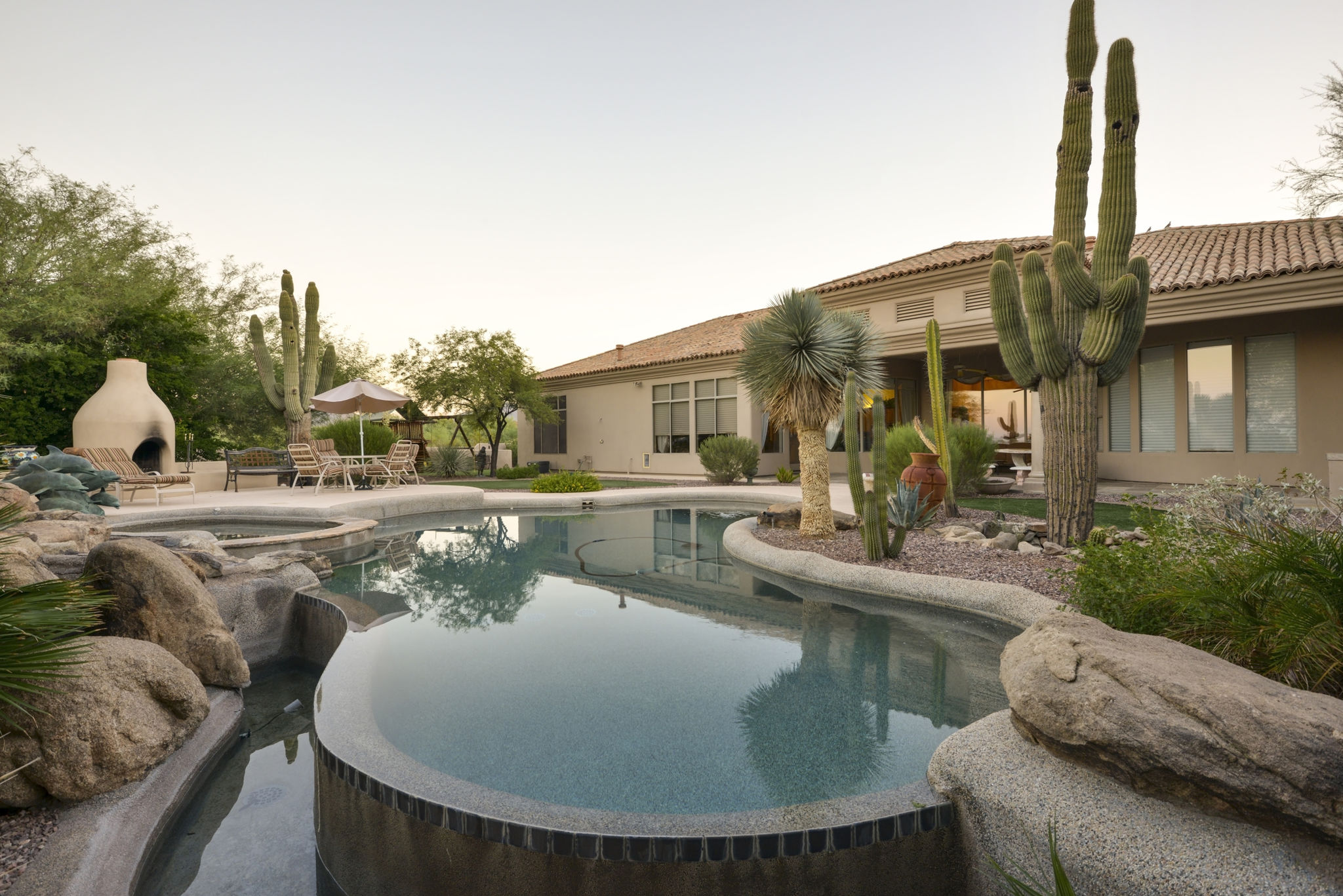Busting Myths: Common Misconceptions About Landscaping in Arid Climates
MA
Introduction to Arid Landscaping
Landscaping in arid climates often conjures up images of barren landscapes with little to no vegetation. However, this is one of the most common misconceptions about landscaping in these regions. With the right techniques and plant selections, a vibrant and lush landscape can thrive even in the driest of environments.

Myth 1: Grass Cannot Grow
It's a widespread belief that grass simply cannot survive in arid climates. While traditional turf grasses might struggle, there are several drought-resistant varieties that are perfect for dry areas. Species like Bermuda grass and buffalo grass have deep root systems that help them retain moisture and remain green even under the scorching sun.
These grasses not only survive but can provide a soft, green touch to any landscape. The key is proper irrigation and the use of native species that are adapted to local conditions.
Myth 2: Native Plants Are Unattractive
Another misconception is that native plants are unattractive or plain. In reality, many native species offer striking colors and unique textures that can add beauty and interest to any garden. Plants like agave, yucca, and desert marigold not only thrive with minimal water but also provide vibrant blooms and structural interest.

By incorporating a variety of native plants, homeowners can create a visually appealing landscape that requires less maintenance and supports local biodiversity.
Myth 3: Xeriscaping Is Just Rocks
Xeriscaping, a landscaping method designed for efficient water use, is often misunderstood as merely laying rocks or gravel. In truth, xeriscaping involves a strategic combination of soil improvement, efficient irrigation, and the use of mulch alongside drought-tolerant plants to create sustainable and beautiful gardens.
This approach not only conserves water but also reduces maintenance efforts while enhancing the aesthetic appeal of the landscape.

Myth 4: Arid Landscapes Lack Shade
Without trees, many assume that shading elements are impossible in arid landscapes. However, there are numerous drought-tolerant trees like mesquite and palo verde that provide ample shade and contribute to a cooler microclimate within the garden.
These trees not only offer respite from the sun but also enhance the habitat for local wildlife, making them an integral part of a thriving arid landscape.
Conclusion: Embracing the Beauty of Arid Landscapes
Busting these myths reveals the potential for creating stunning and sustainable landscapes in arid climates. By understanding the unique requirements and possibilities, homeowners can transform their outdoor spaces into lush oases that celebrate the natural beauty of their environment.

